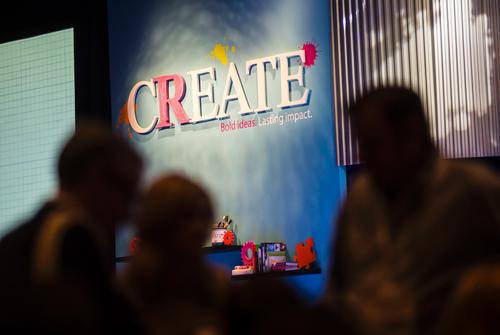03 Nov 2014
Spas should use Instagram and Pinterest to drive business: ISPA Consumer Snapshot survey
BY Helen Andrews

Spa treatment discounts have the biggest influence on the decision of US spa-goers to visit a spa, according to the latest Consumer Snapshot study conducted by the International Spa Association (ISPA) Foundation in collaboration with PwC.
The fifth volume of ISPA’s Consumer Snapshot study focuses on the social media usage trends and preferences among today’s consumers – including key insights into spa-goers and how they use social media to research spas and share their experiences with others.
The study involved 1,014 responses from a sample of US consumers representative of the age, income and regional distributions of the population as a whole. The study defined ‘spa-goers’ as a people who have visited a spa at least once in the past 12 months. A ‘non-spa-goer’ is defined as either an ‘inactive spa-goer’ – a person who has visited a spa before but has not been to a spa in the past 12 months – or a ‘non-spa-goer’ – a person who has never visited a spa.
“The ISPA Foundation commissioned PwC to take a deeper look into social media usage trends and preferences among today’s consumer, covering a variety of topics from popular social media platforms, peak usage times to advertising and marketing on social media,” ISPA president Lynne McNees told Spa Opportunities. “This report provides exciting insights into today’s social media user that can help strengthen the global spa industry.”
A significantly higher percentage of spa-goers frequently interact with the main social media sites than non-spa-goers and some social media platforms appear to be particularly appealing to spa-goers, according the study. Instagram and Pinterest – the photography sharing platforms – are over three times more popular with spa-goers than non-spa-goers.
The most popular age range for engaged social media users is between 25-34 years-old, and they typically have a household income of more than US$50,000 (€40,000, £31,000).
This fifth edition of the study found that last minute appointment deals, discounts and promotional giveaways have a slightly greater influence on women’s decision to visit a spa than men’s.
After treatment discounts, mentions from friends and family are the strongest influencing factor on the public’s decision to visit a spa. These mentions, according to the study, have a much greater influence than information about the benefits of a spa treatment and healthy living tips posted by spas themselves. The survey suggests that it may be worthwhile for spas to focus on inspiring their spa-going advocates to share their perspectives on spa-going, rather than attempting to target new customers directly with informative posts.
The results also highlighted the significant influence photos of a spa facility have over textual posts on a person’s decision to visit a spa – thus indicating that photos should play a key part in a spa’s social media marketing campaigns. Creating engaging, share-worthy visual posts and encouraging spa-goers to post their own photos to sites such as Instagram and Pinterest, may be one of the most effective strategies for driving up spa visits, according to the survey.
The findings also revealed that men are much more likely to provide a review of feedback on a spa experience than women. Men are also more likely to have booked a spa treatment via a social media platform; whereas, a higher proportion of women than men have entered a competition for a treatment.
Close Window